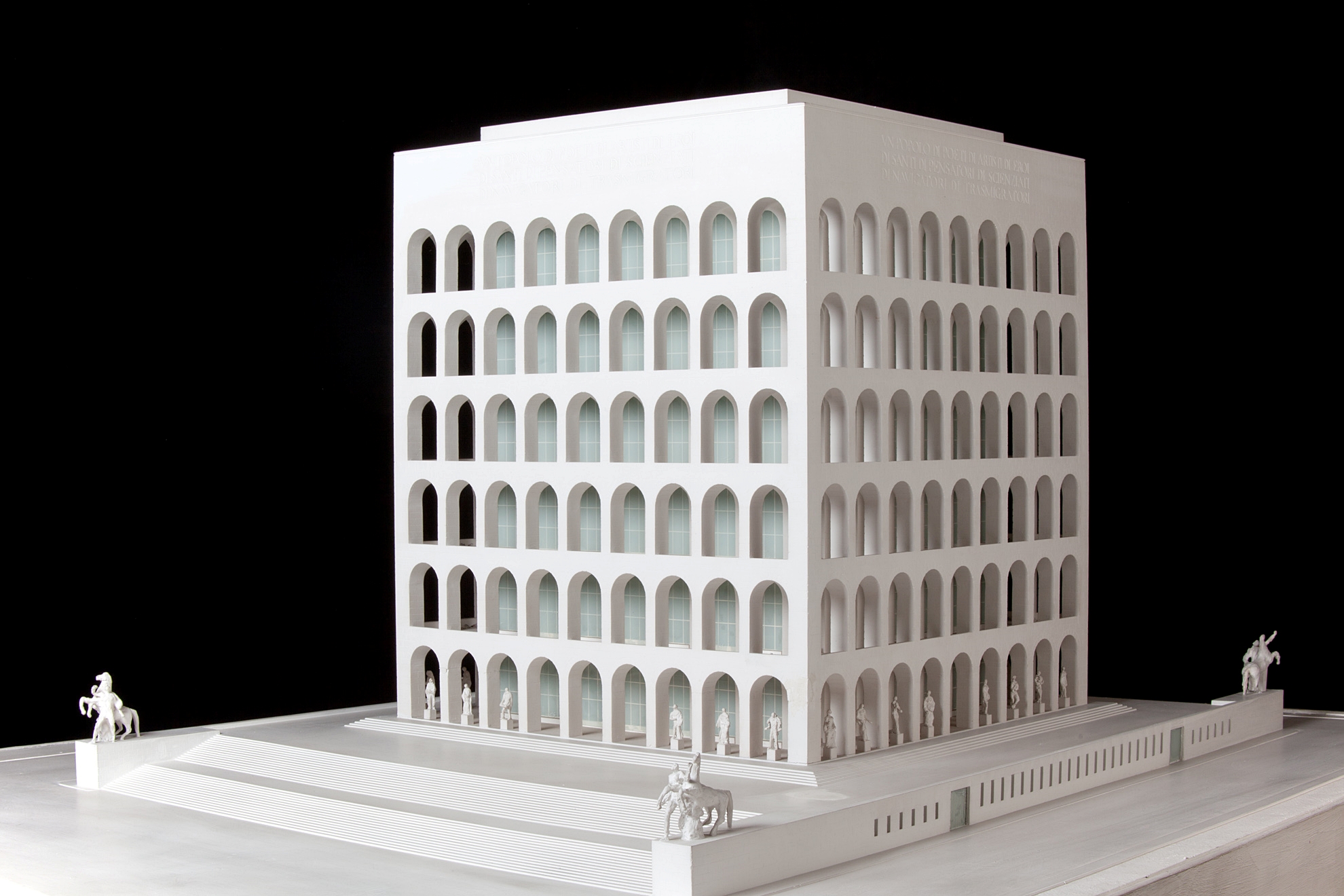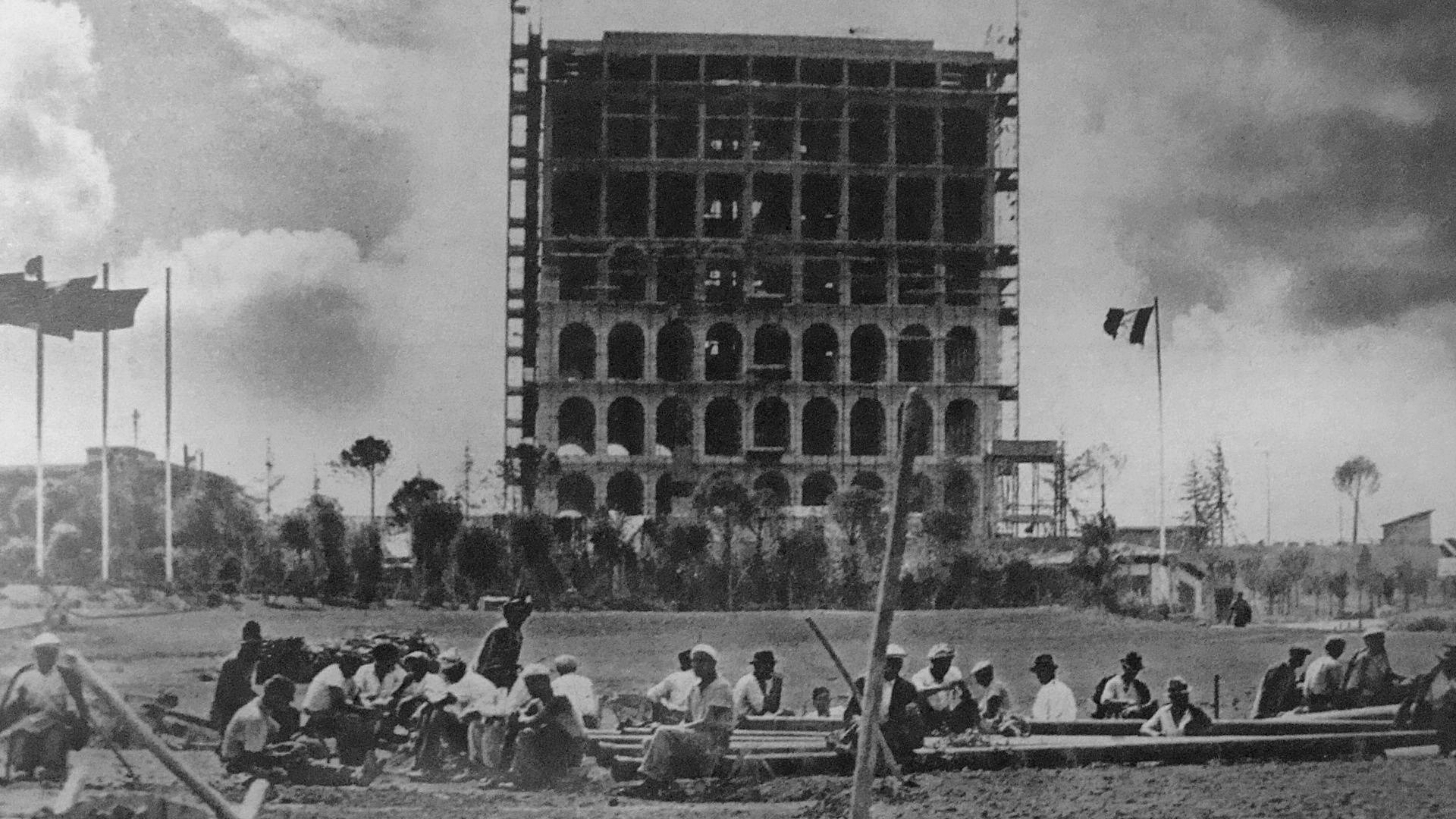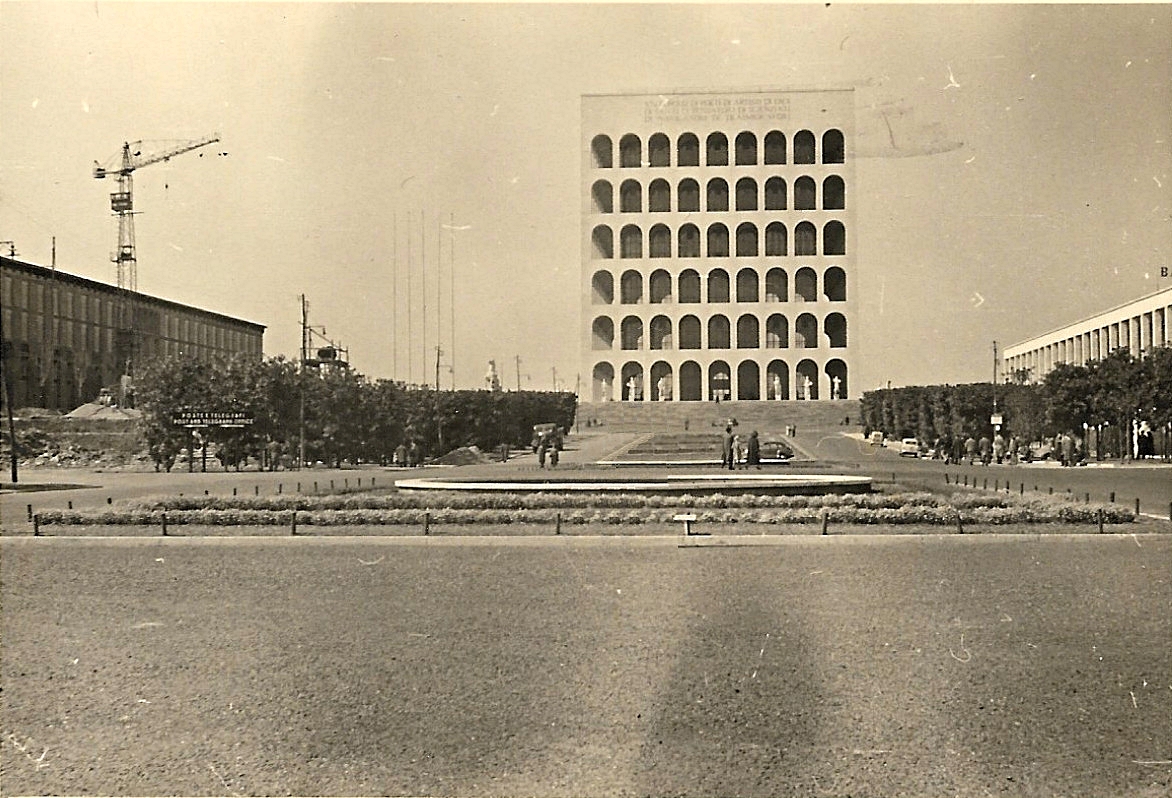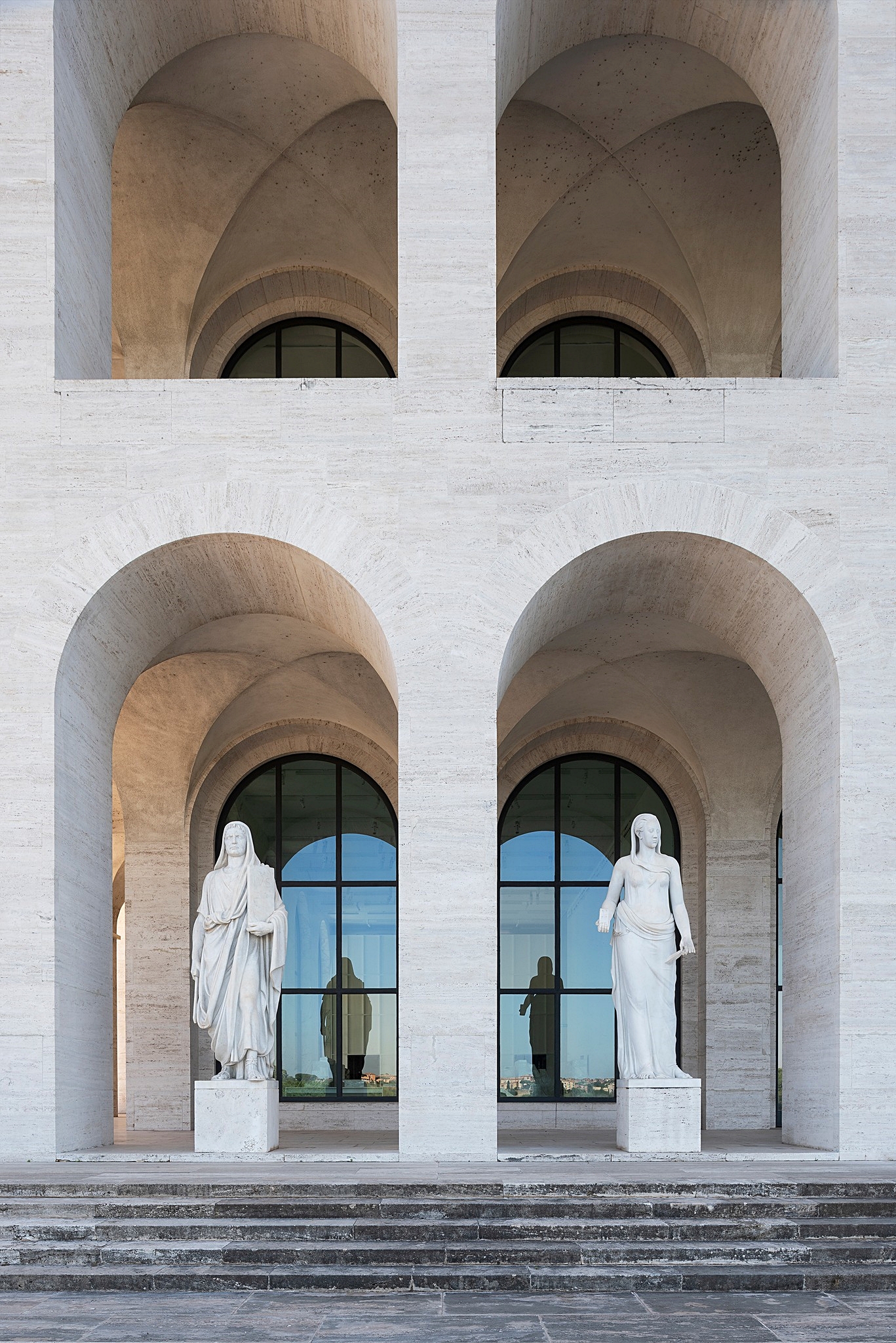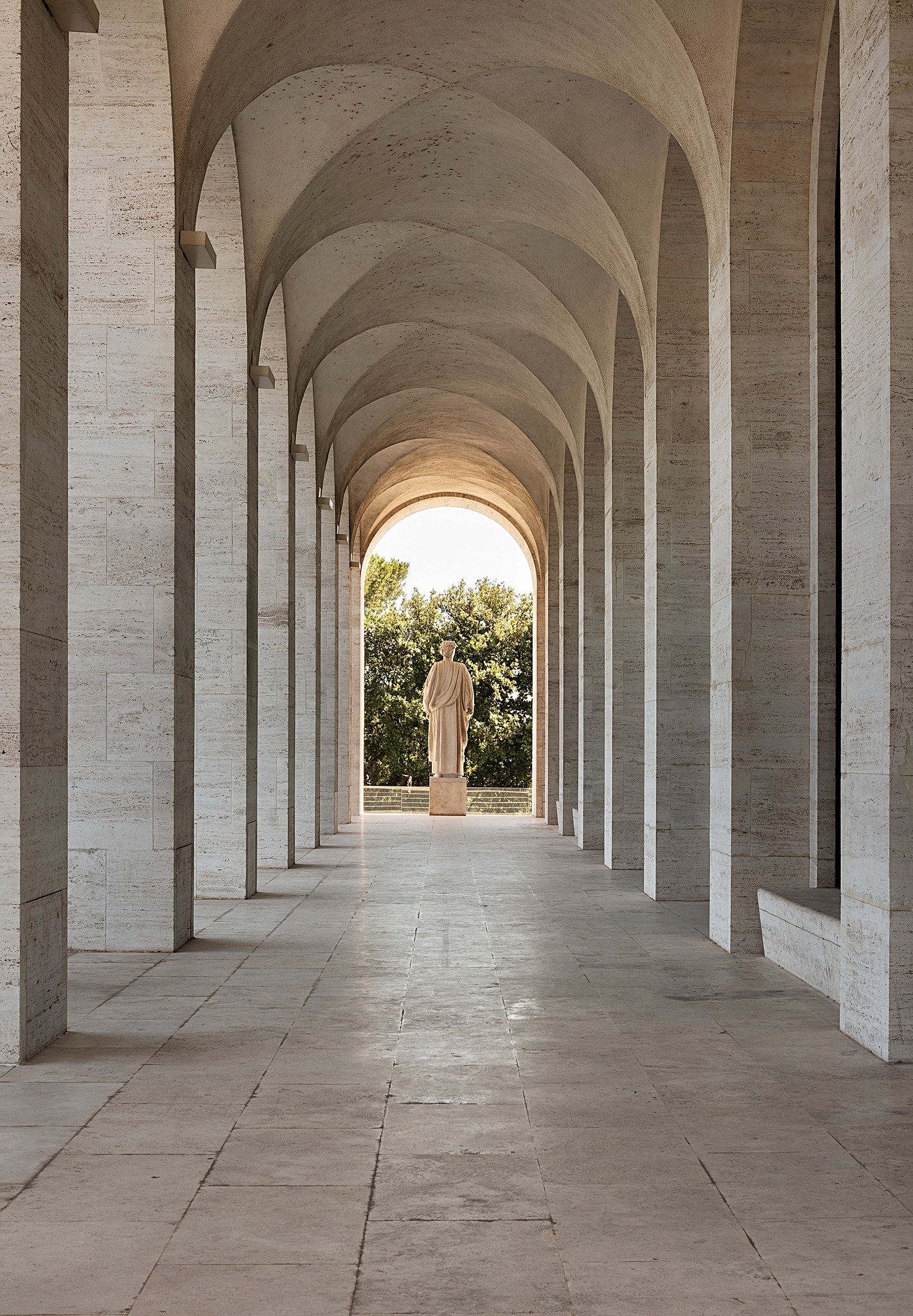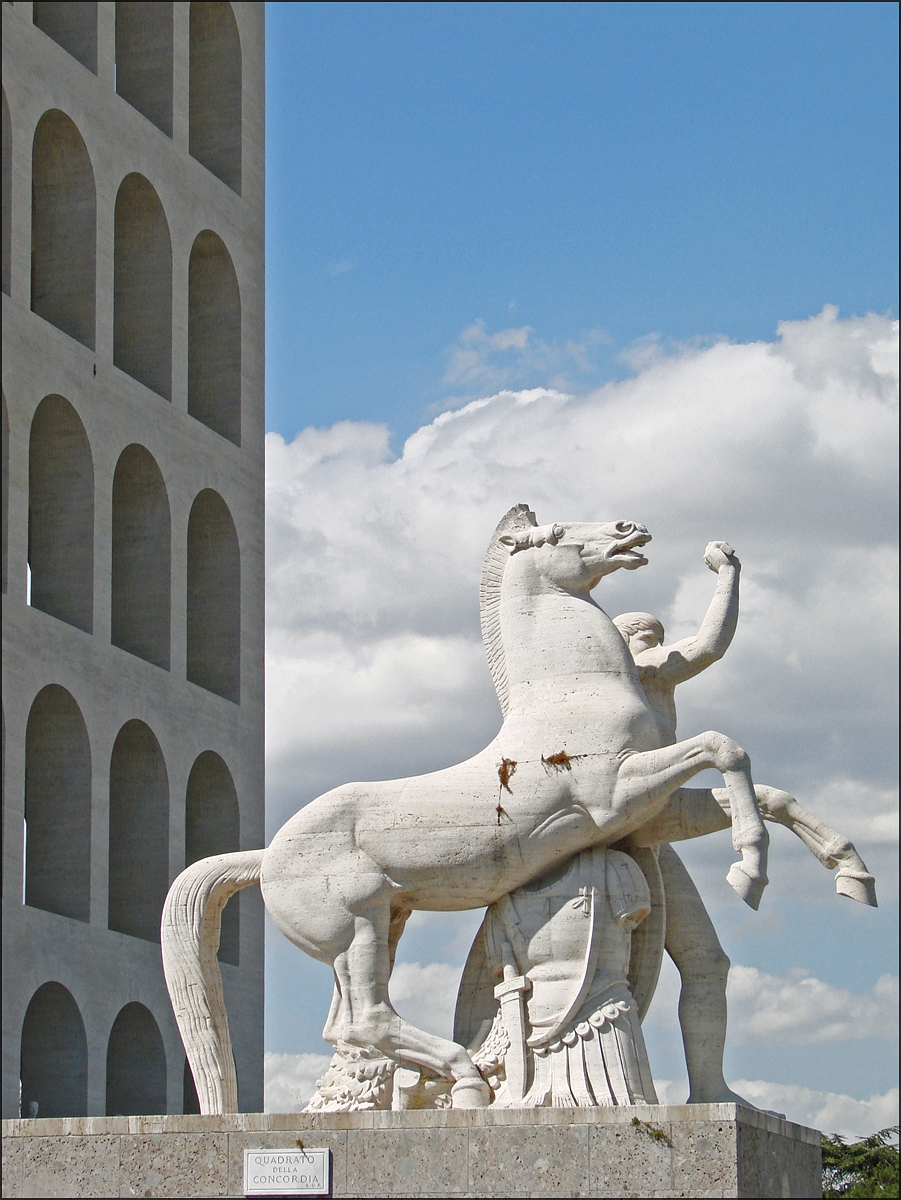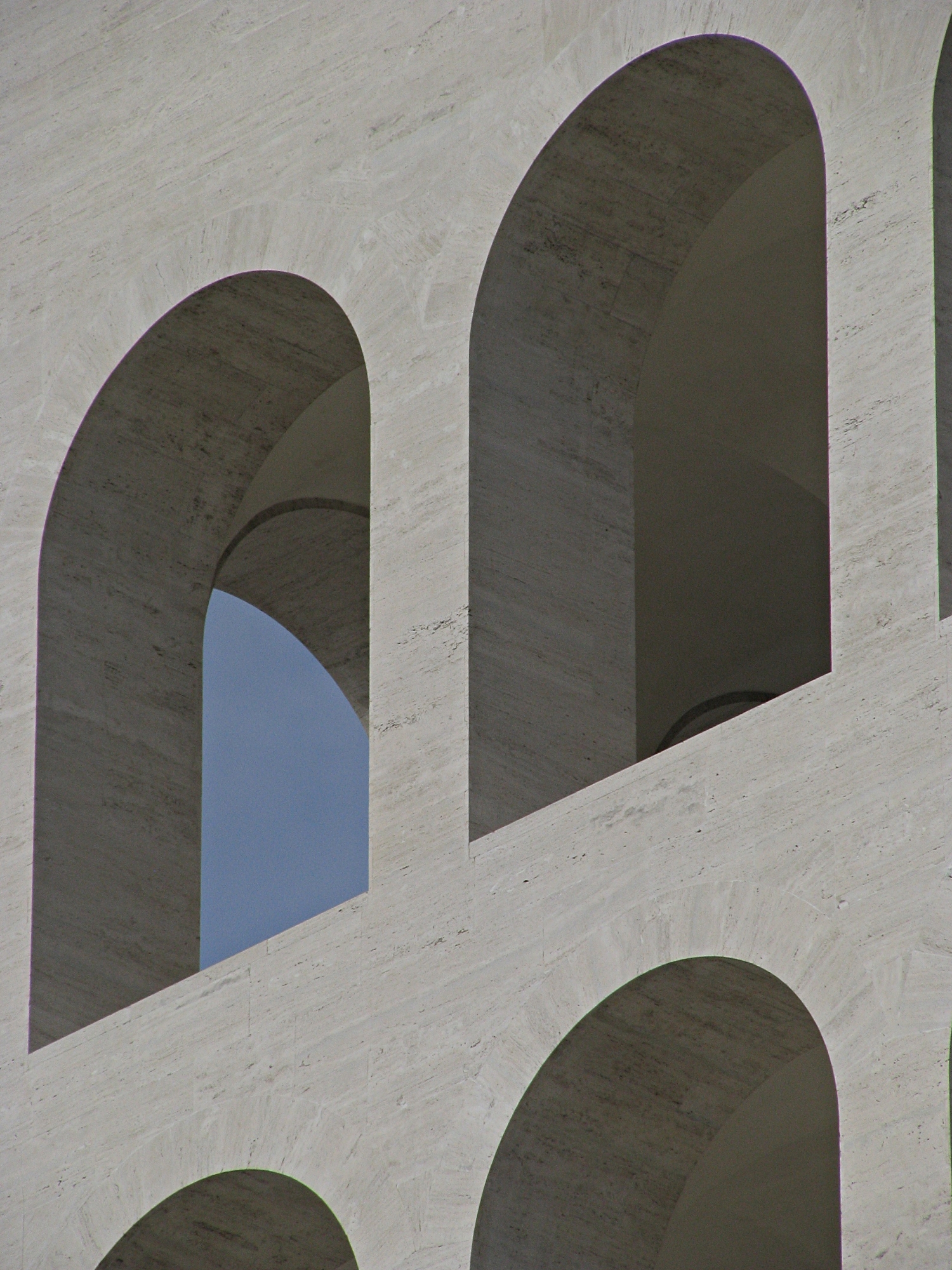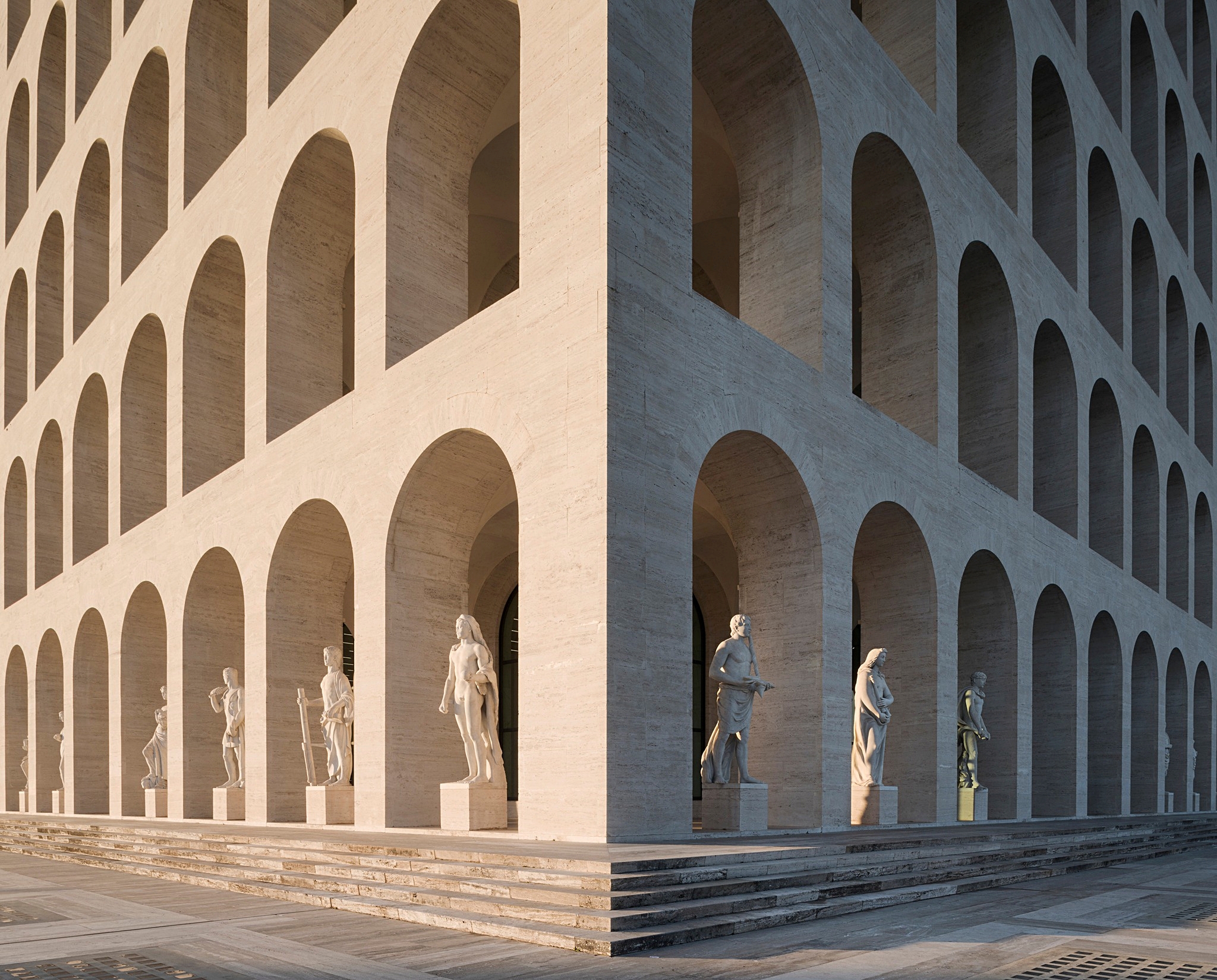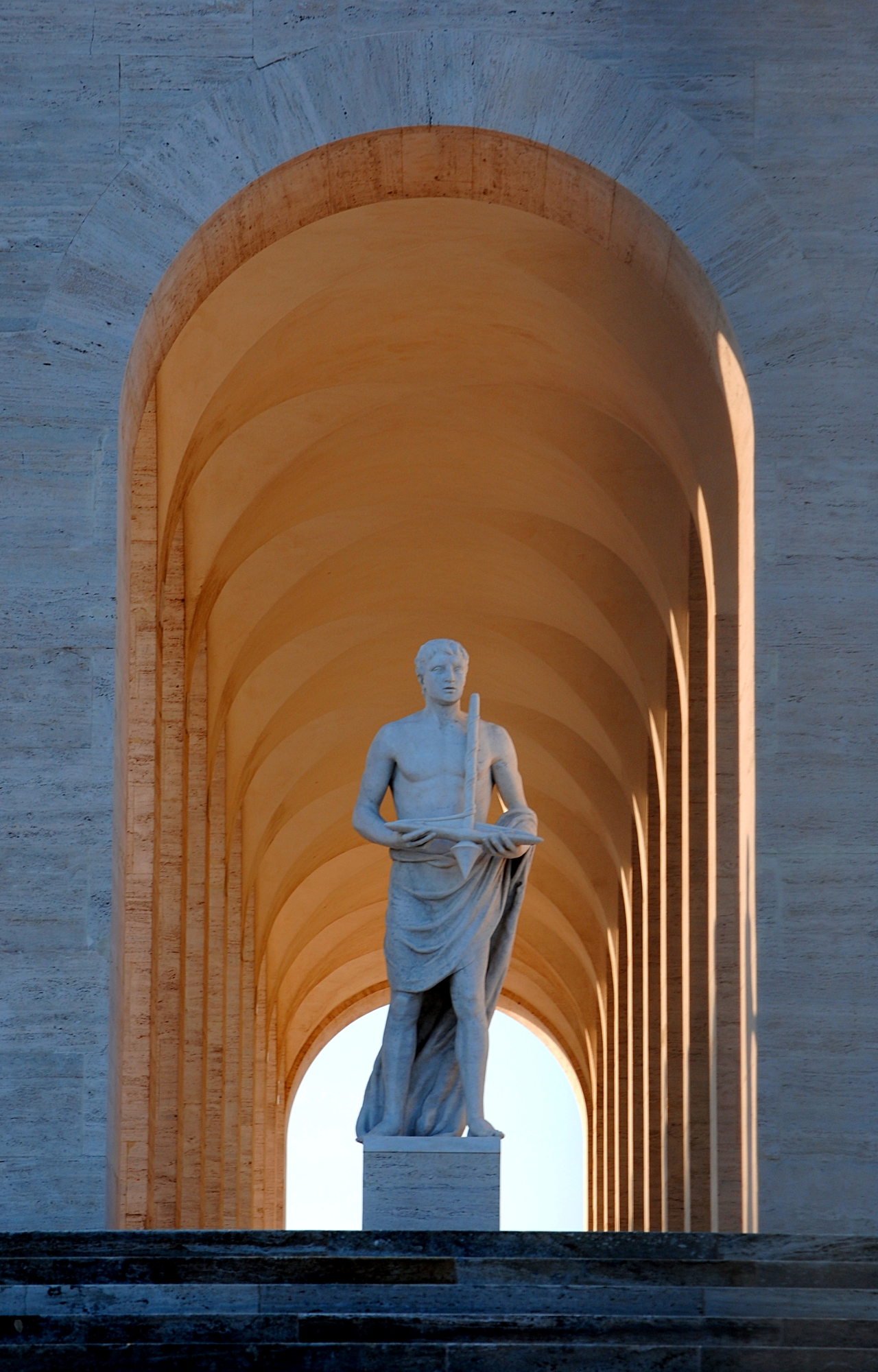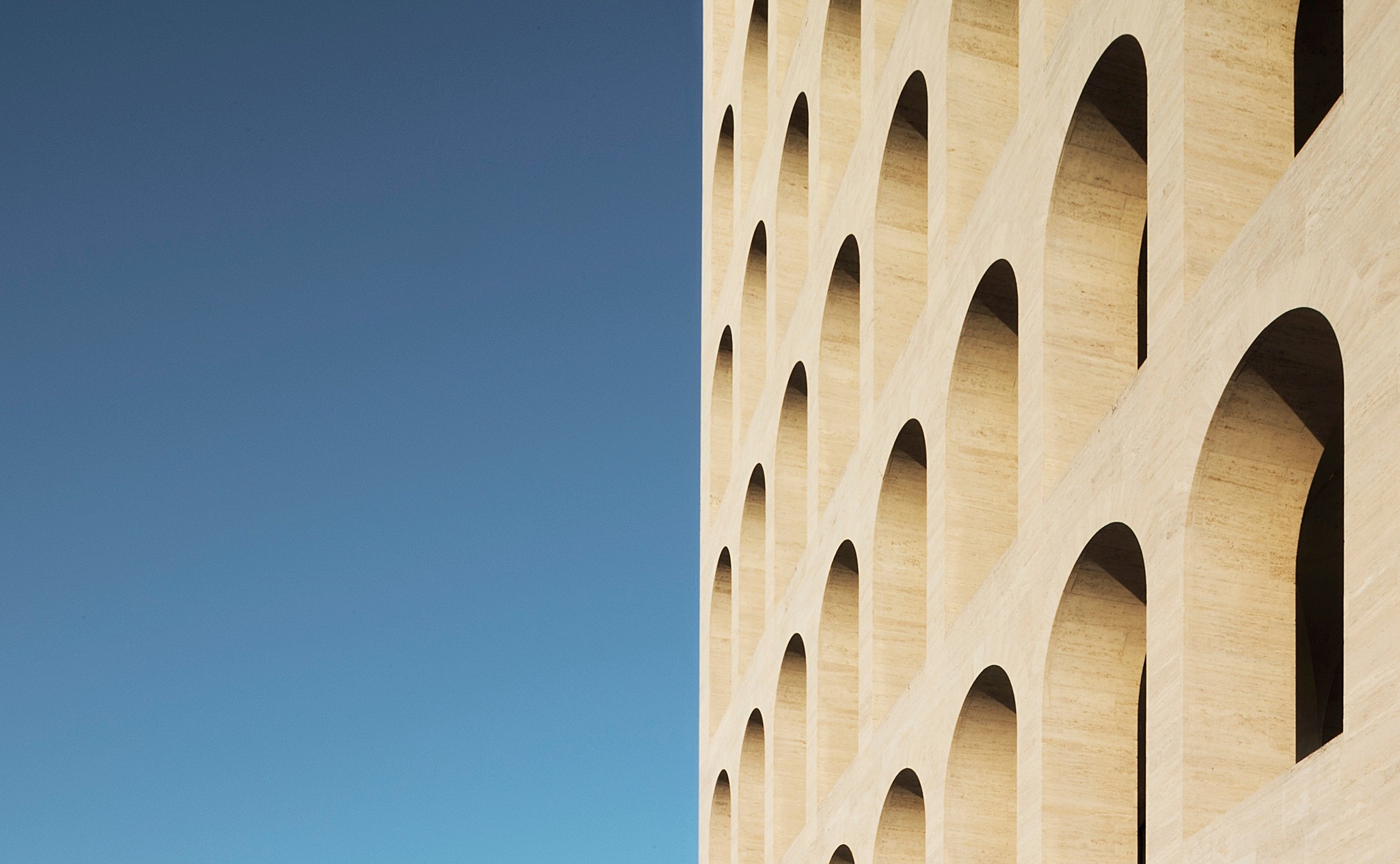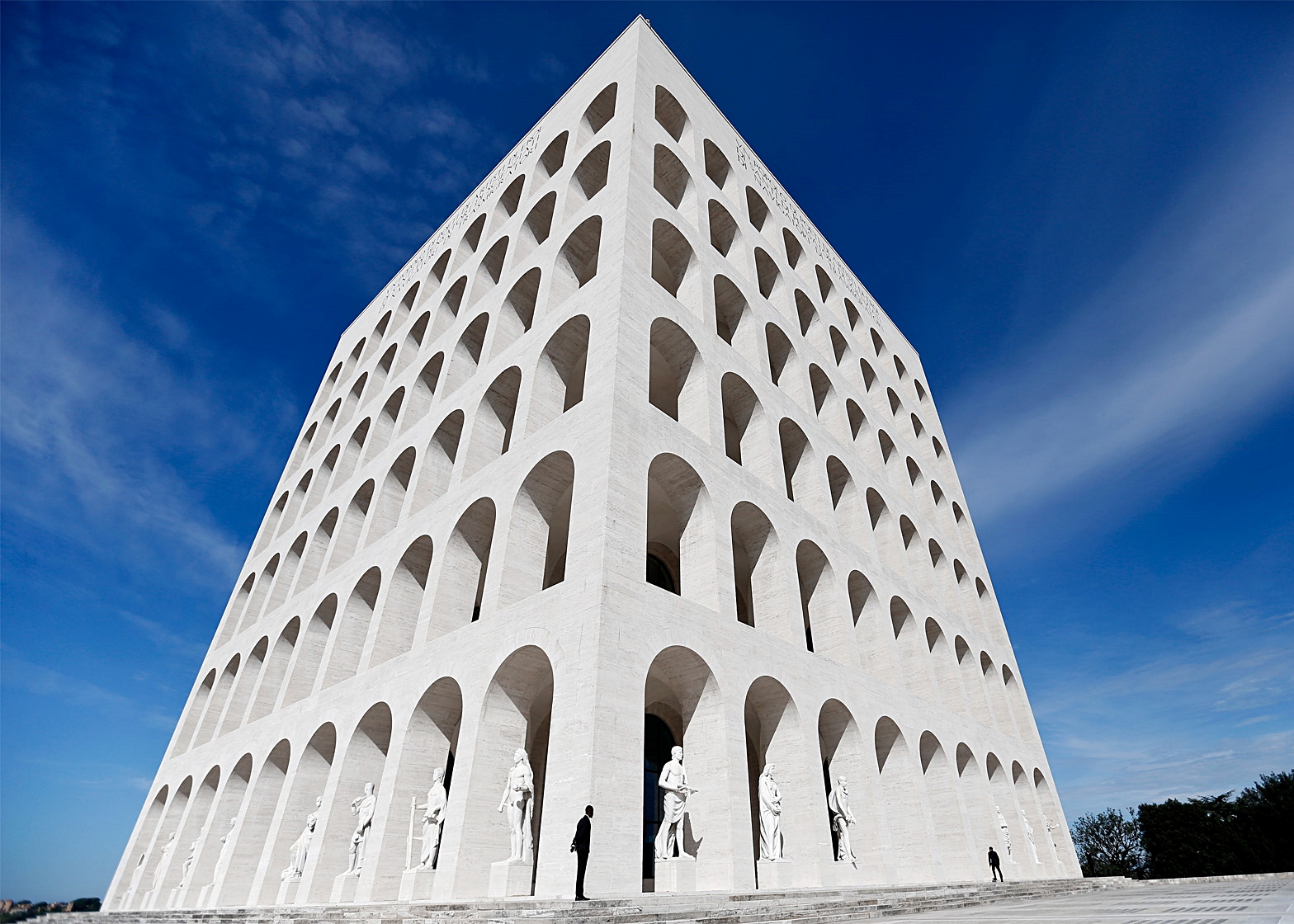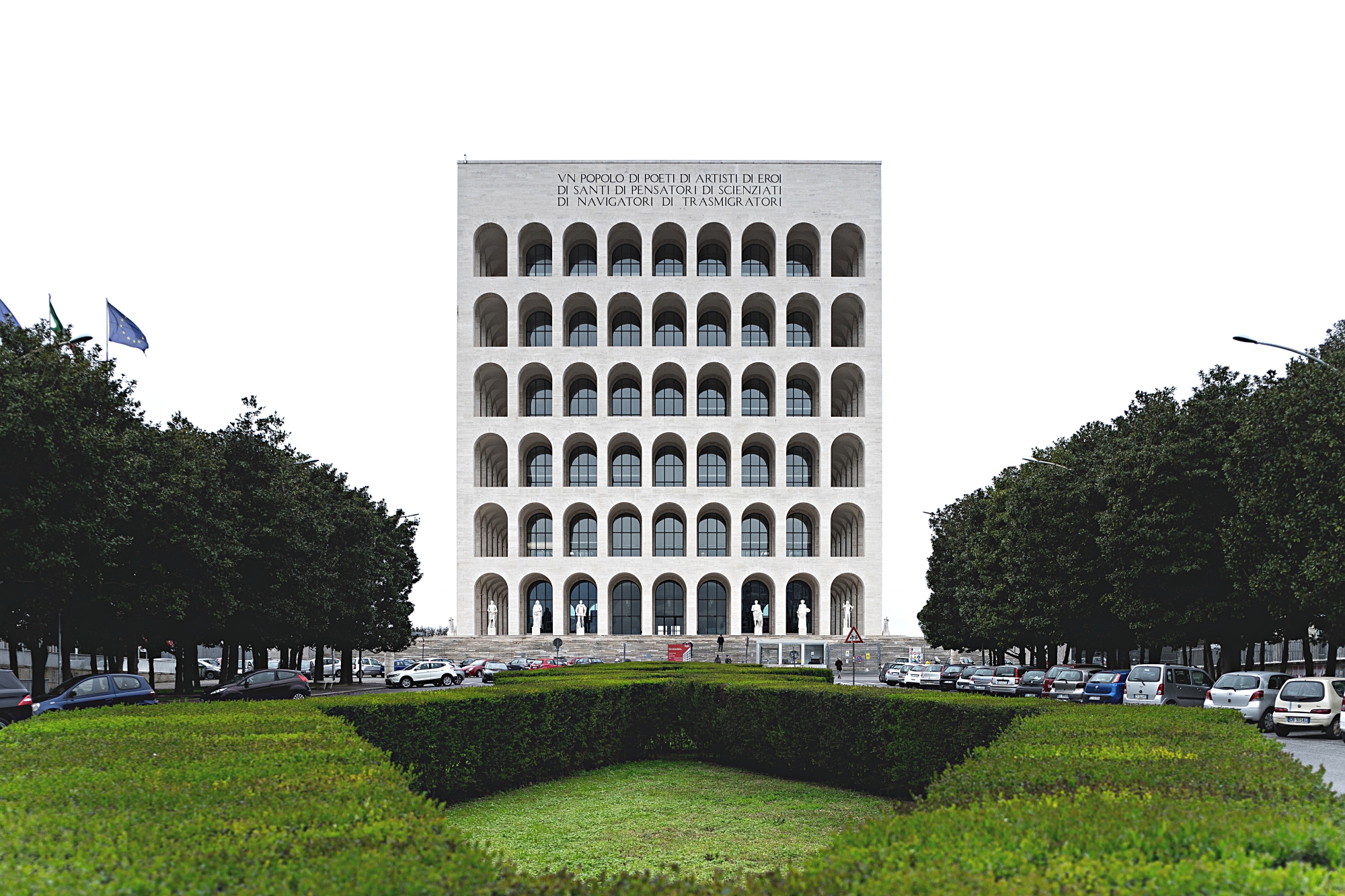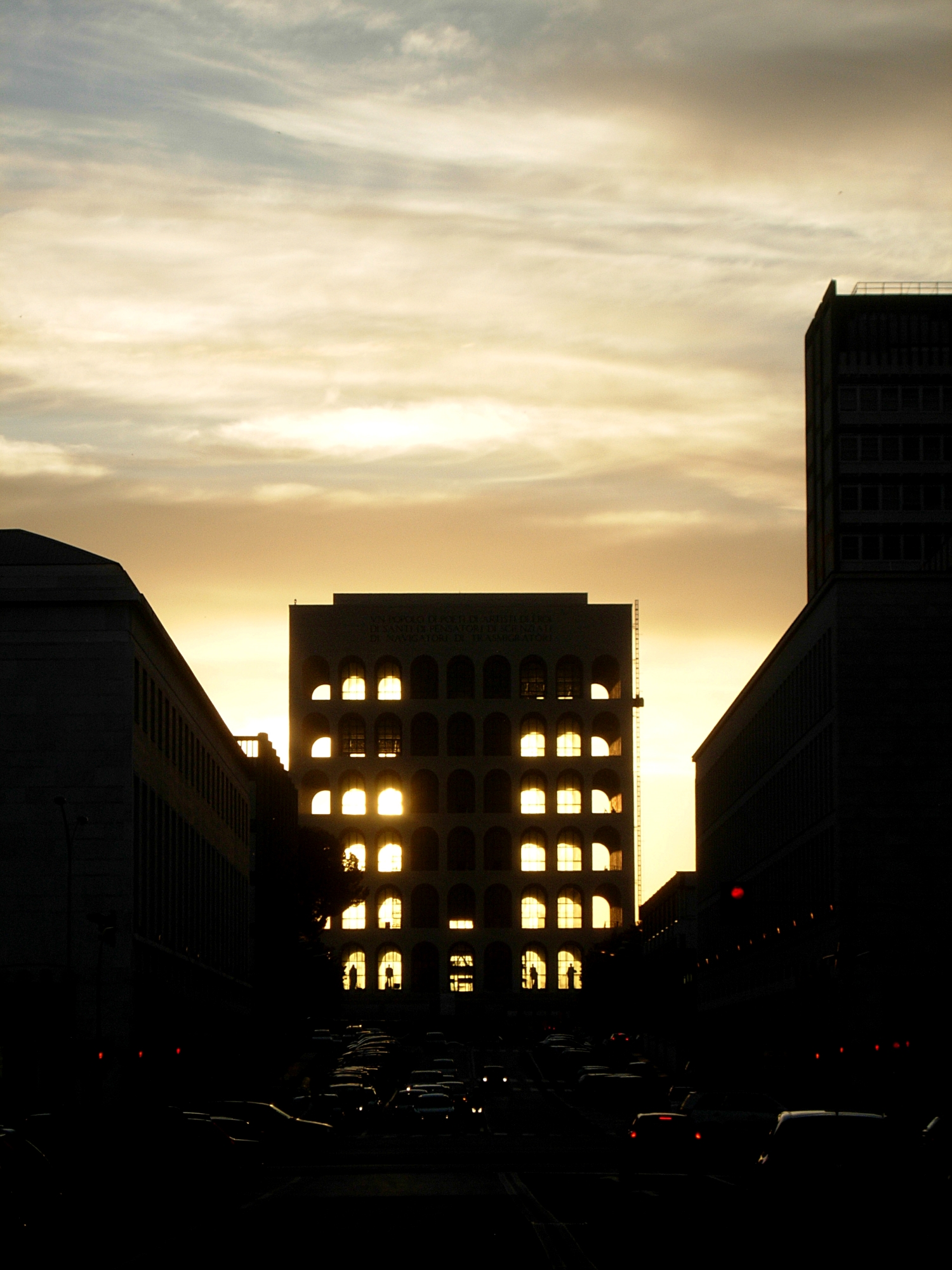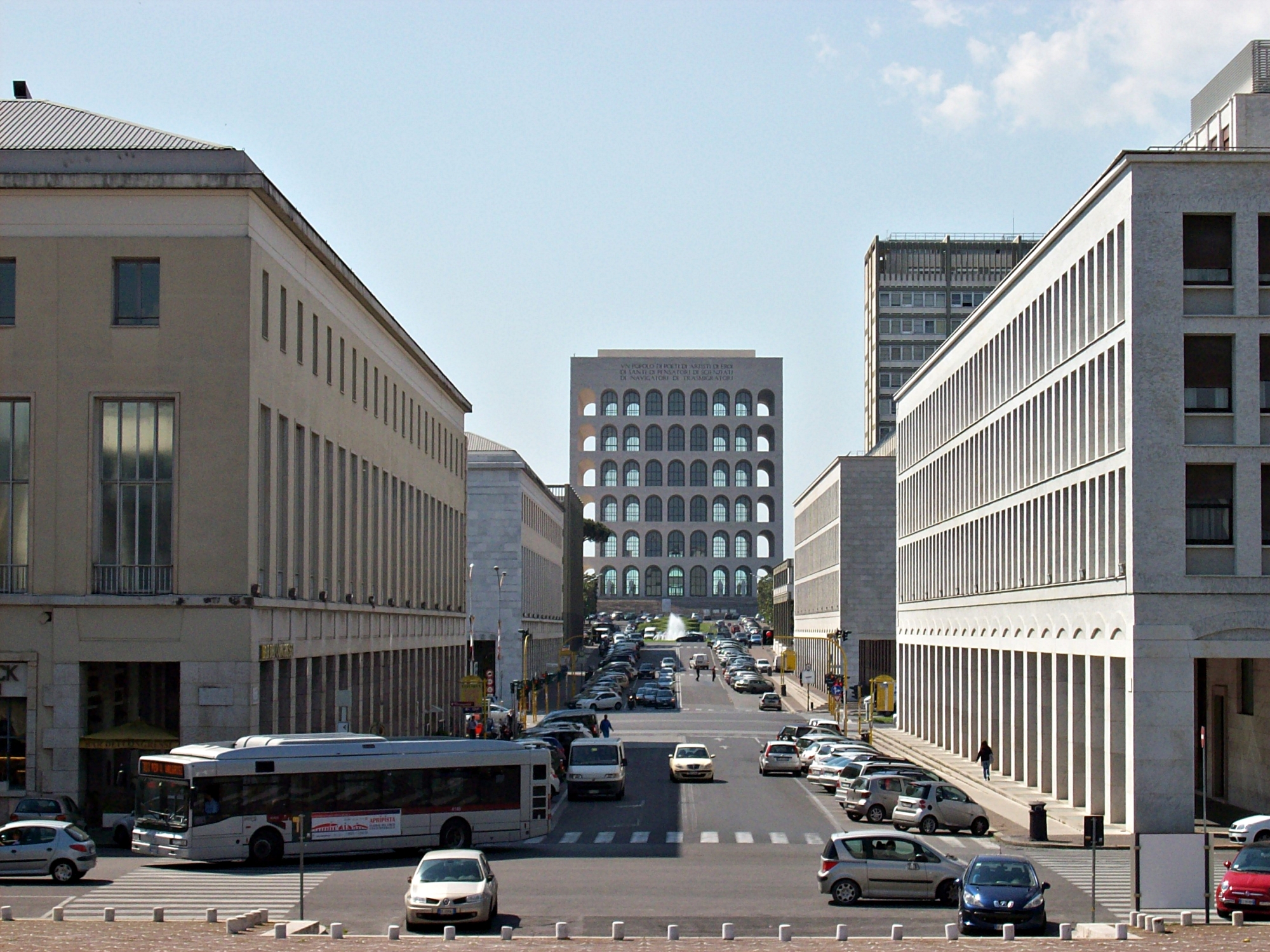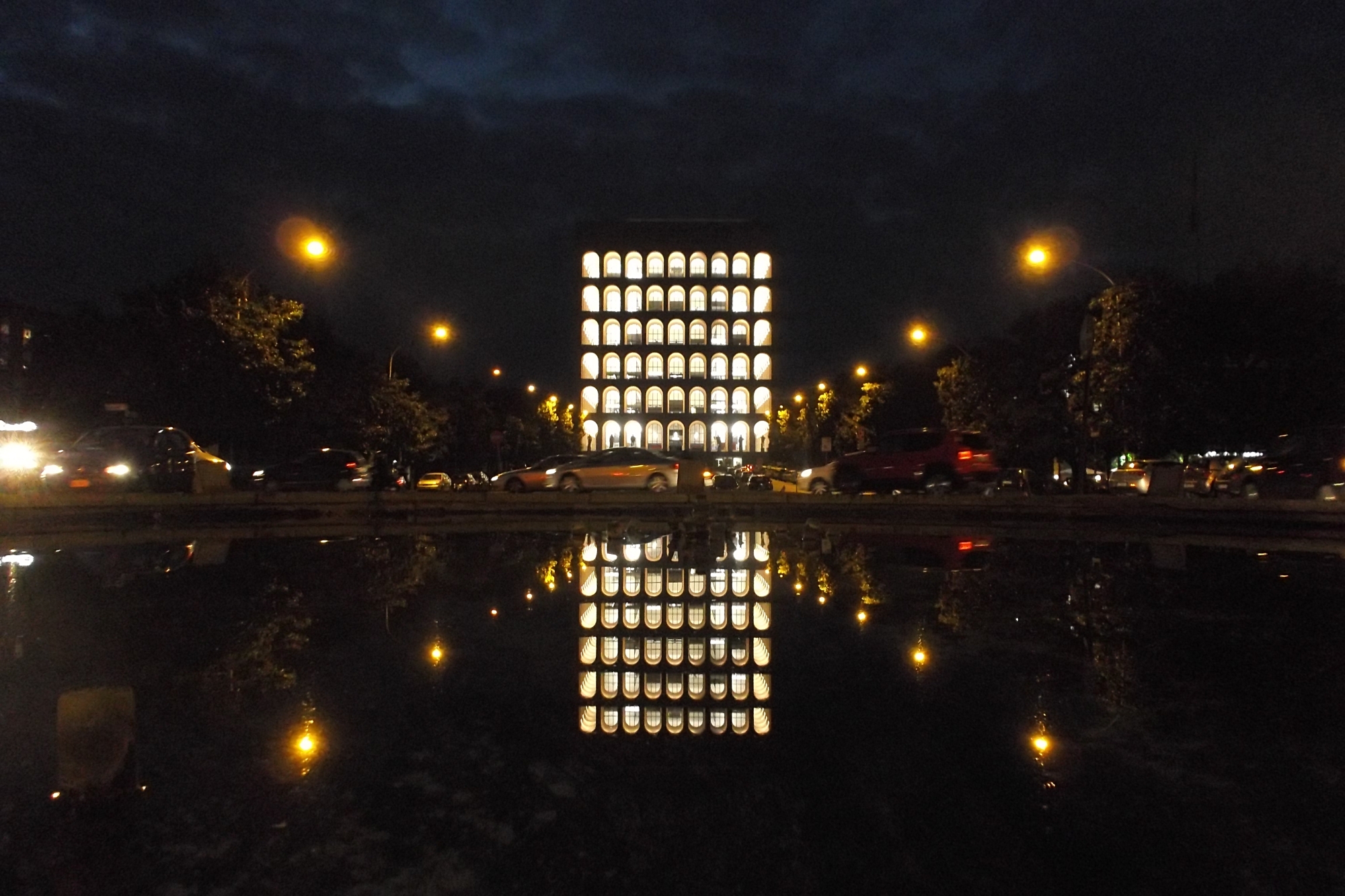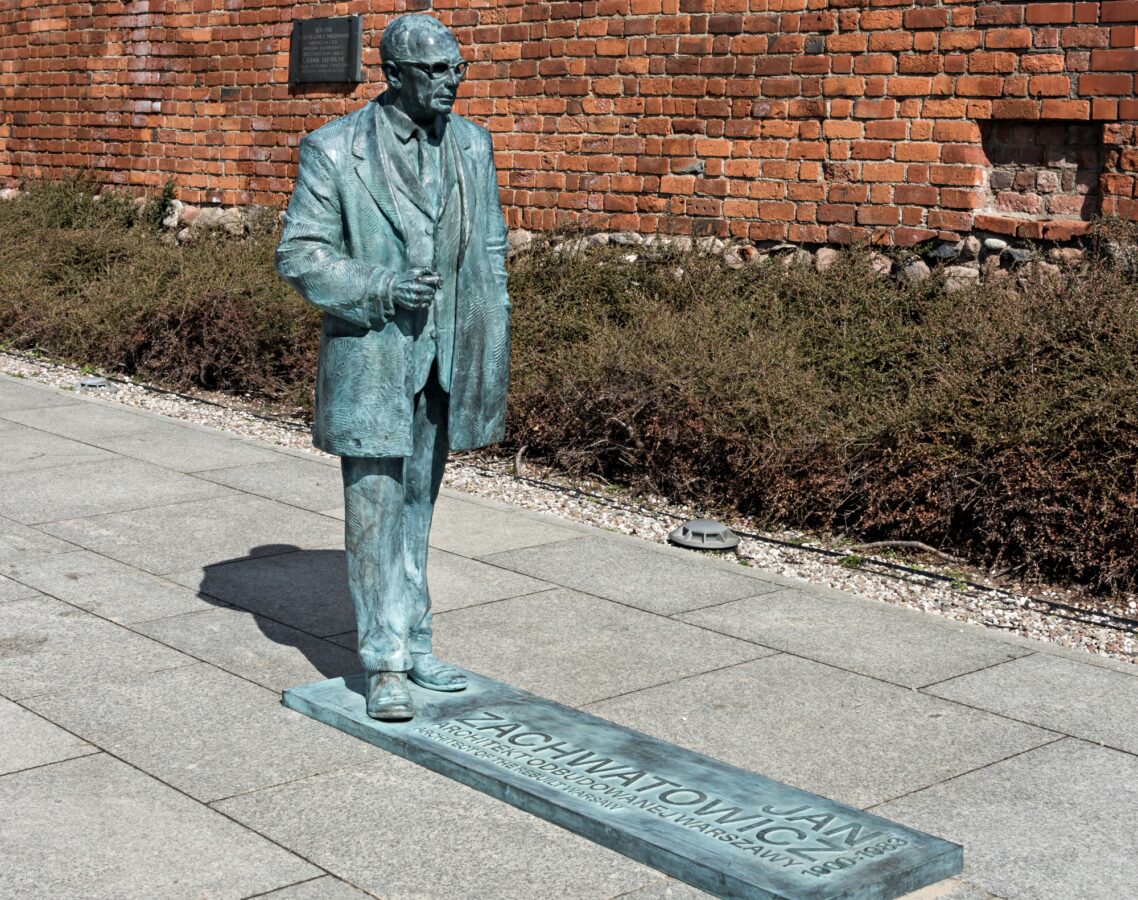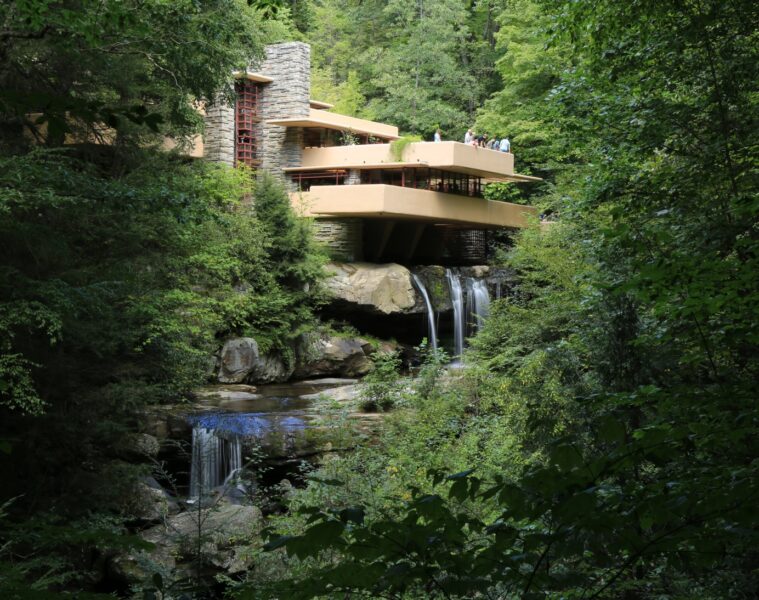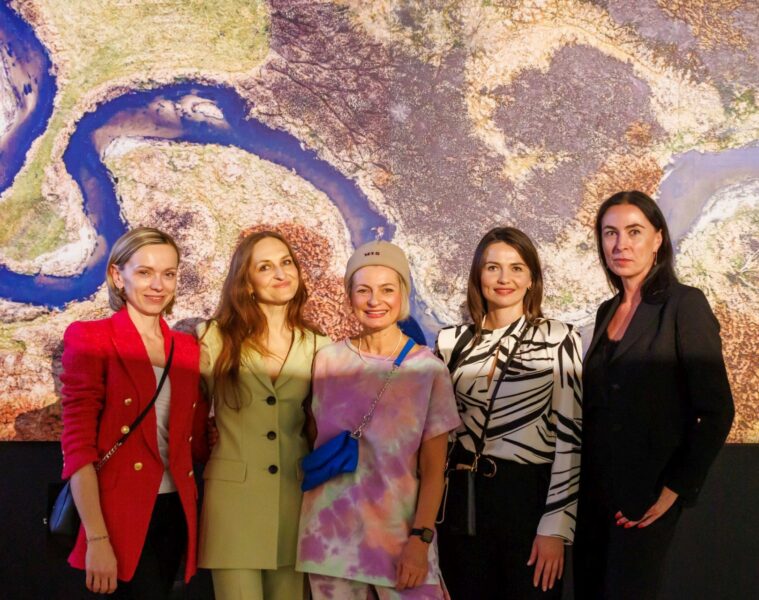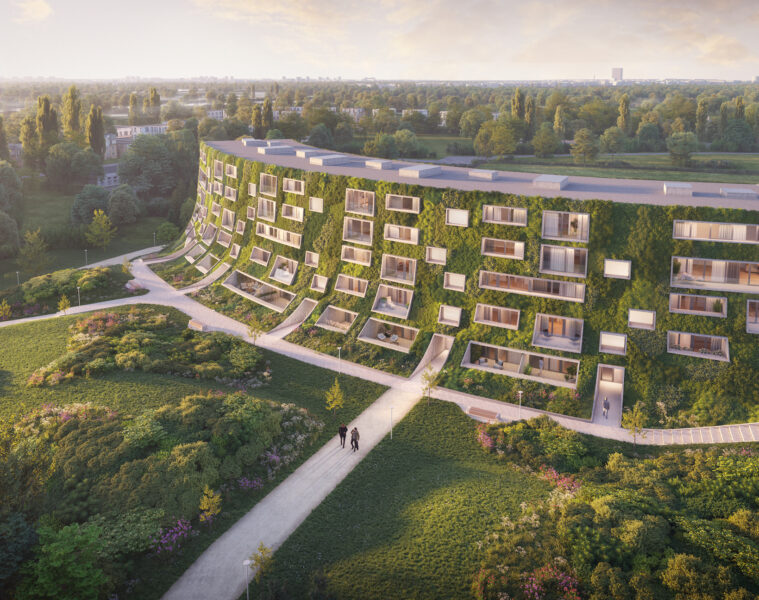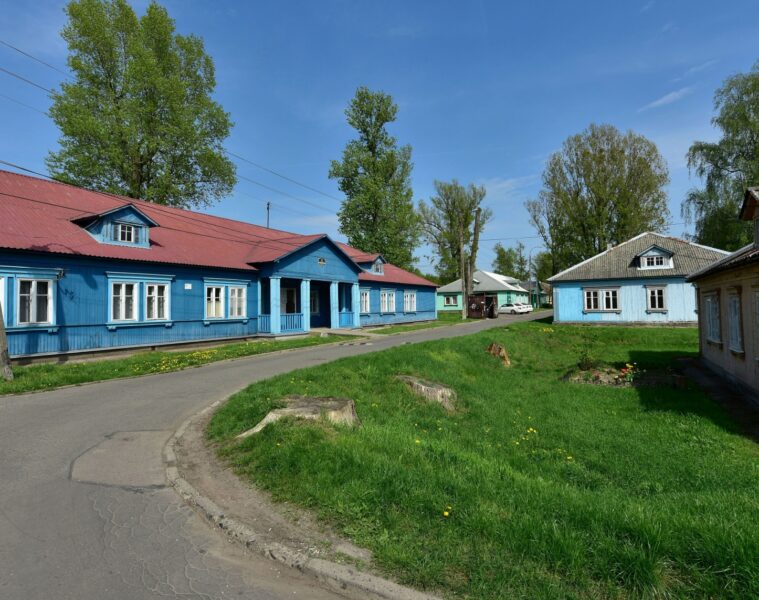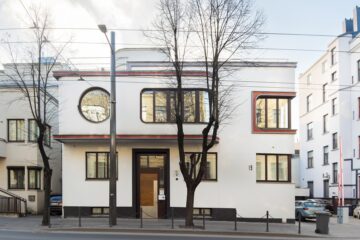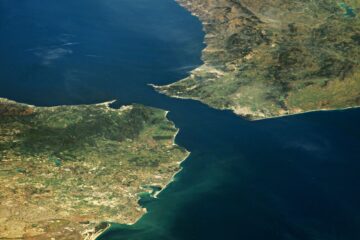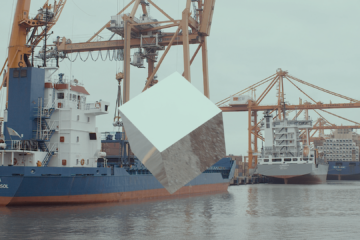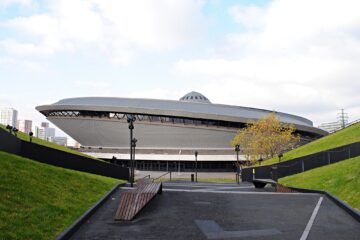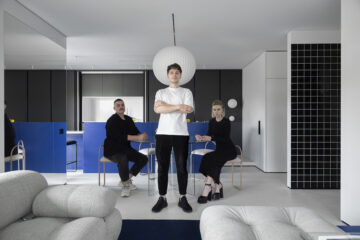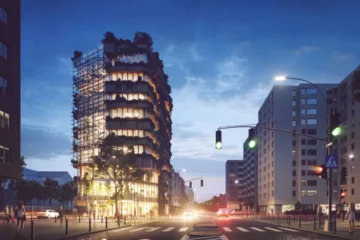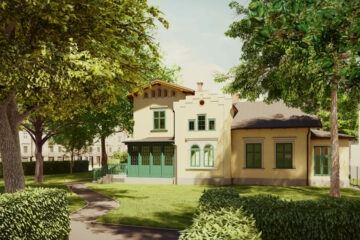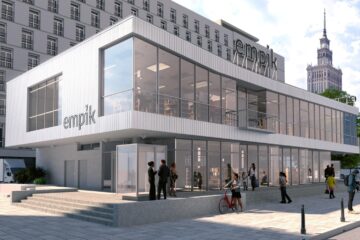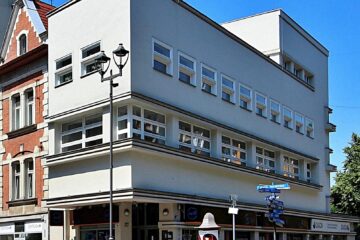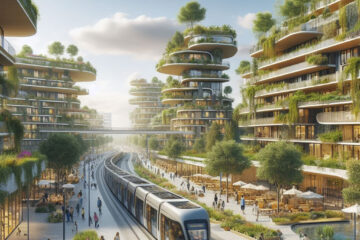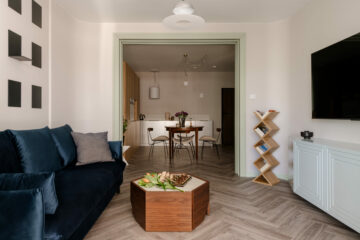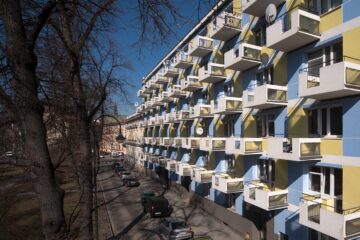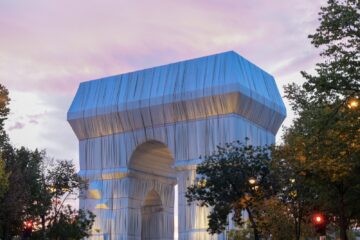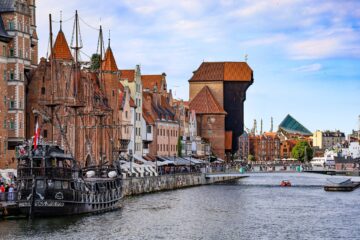The Palace of Italian Civilisation (Italian: Palazzo della Civiltà Italiana), also known as the Palazzo della Civiltà del Lavoro and the Square Colosseum, is a monumentalist modernist building located in Rome. It forms part of an incomplete project built for the 1942 Universal Exhibition. Today, it is above all one of the most recognisable architectural icons of Fascist Italy.
The history of the palace is closely linked to the history of the Universal Exhibition in Rome. After the Italian capital was chosen to host this prestigious event in 1942, the Italian government intended to take the opportunity to celebrate the twentieth anniversary of the Fascist regime on this day and to design a new city quarter located along the axis of the road leading towards the sea at the same time. The first plans for the new buildings were approved as early as 1937. Construction of the Palazzo della Civiltà Italiana began in 1938 and it was opened, still unfinished, in 1940. Work was interrupted in 1943 because of the Second World War and was completed a few years later.
The Palace of Italian Civilisation today. Photo by Alexandre Delbos, CC0, via Wikimedia Commons
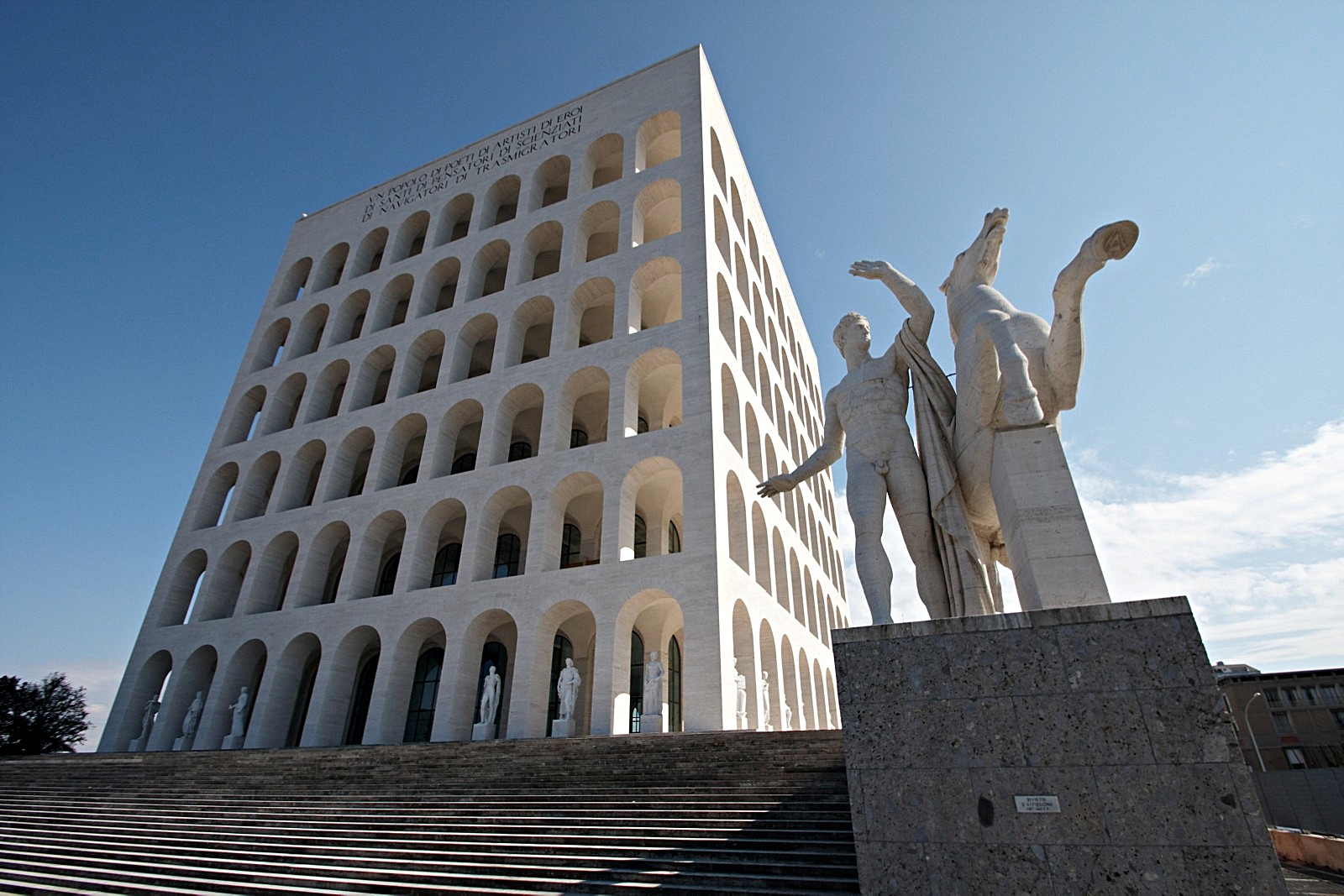
The commission appointed to build a new district for the Universal Exhibition chose the design of Giovanni Guerrini, Ernesto Lapadula and Mario Romano. They designed a building with an ascetic cubic body that has four facades characterised by the use of arches. Each façade has 54 arches (9 in a row and 6 in a column), which is why, over time, the building became known as the Square Colosseum. The inscription on the finial reads: Un popolo di poeti di artisti di eroi, di santi di pensatori di scienziati, di navigatori di trasmigratori, i.e. A nation of poets, artists, heroes, saints, thinkers, scientists, sailors, travellers, and comes from one of Benito Mussolini’s speeches. The building’s cubic volume shows inspiration from ancient architecture. The building is 60 metres high, the side of each base is 53 metres.
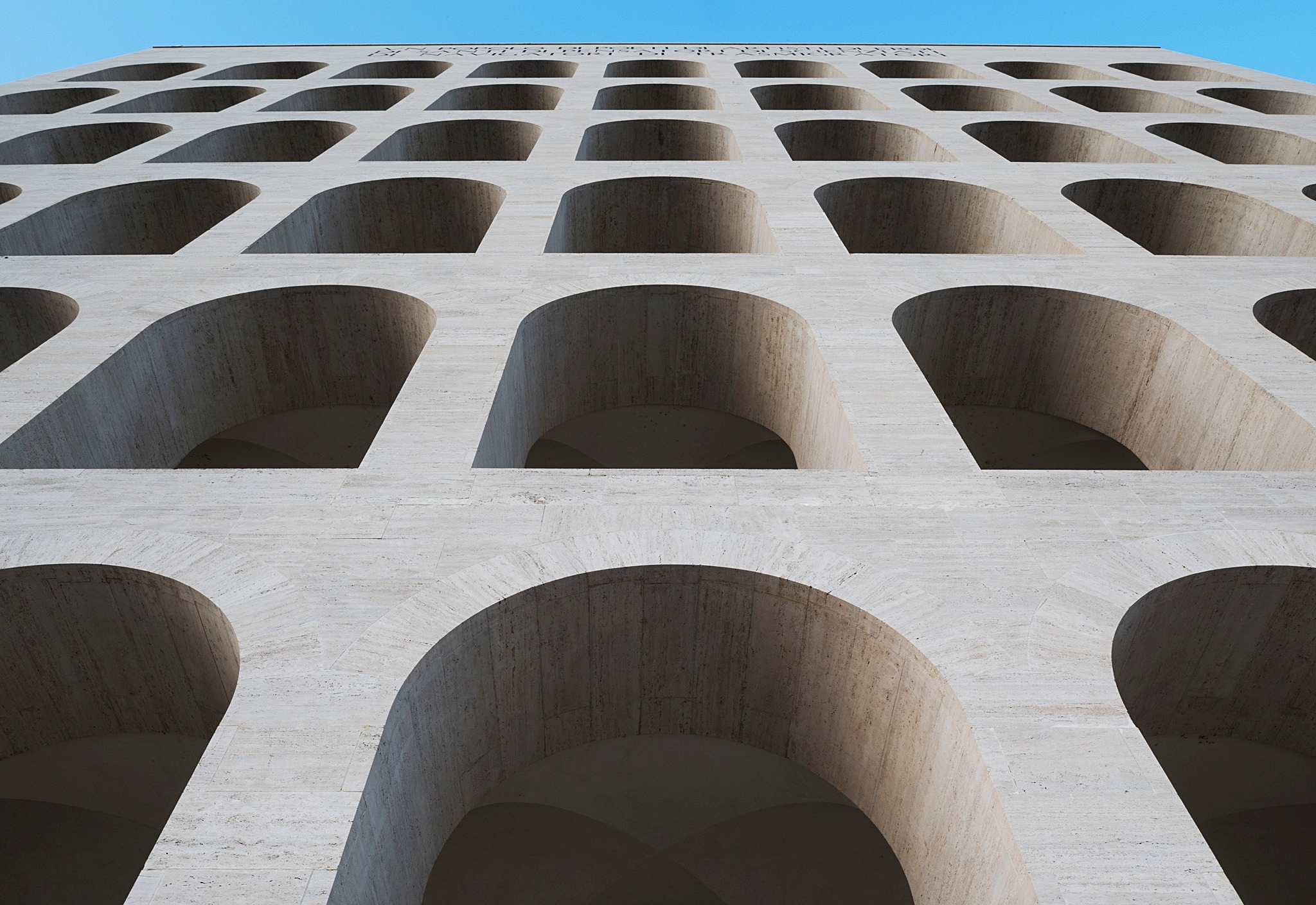
In the arches of the ground floor is a gallery of 28 allegorical statues carved in Carrara marble. Each represents the virtues of the Italian people. In the four corners of the base are statues of horsemen representing the Dioscurs. The structure was made of reinforced concrete and the whole structure was covered with the classic and traditional travertine, a choice that was not accidental. Indeed, the stone used was intended to evoke the Roman values that the fascist regime was inspired by.
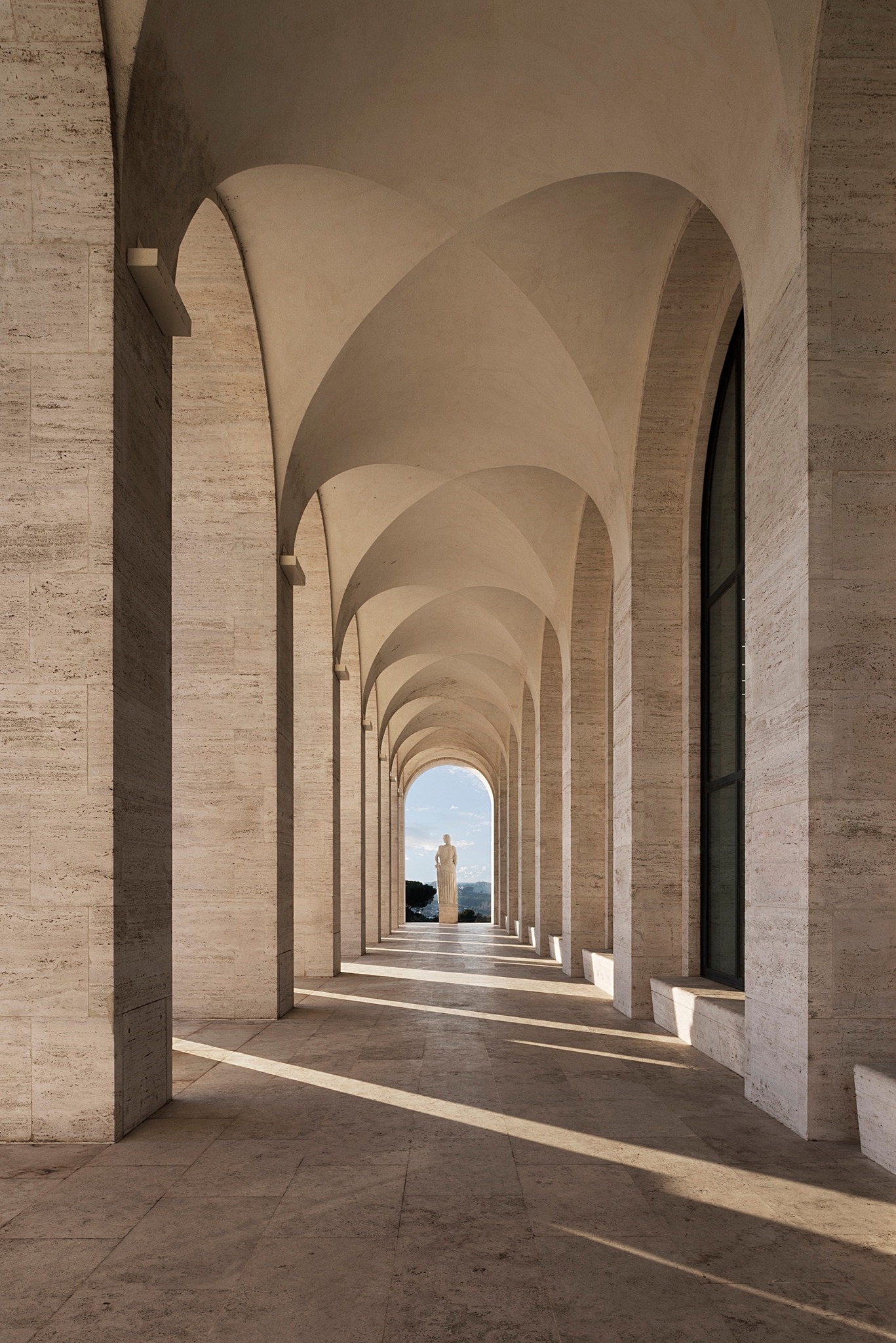
Work on the palace was interrupted in 1943 and, together with the other buildings erected up to that time on the site of the Universal Exhibition, it served first as a camp for troops and, in the immediate post-war period, as a shelter for displaced persons. It was not until 1951 that it was possible to resume work on completing the district, seen as a new centre for the offices of the Italian capital. The Palazzo della Civiltà Italiana hosted the 1953 International Agricultural Exhibition and was subsequently used for ministerial purposes.
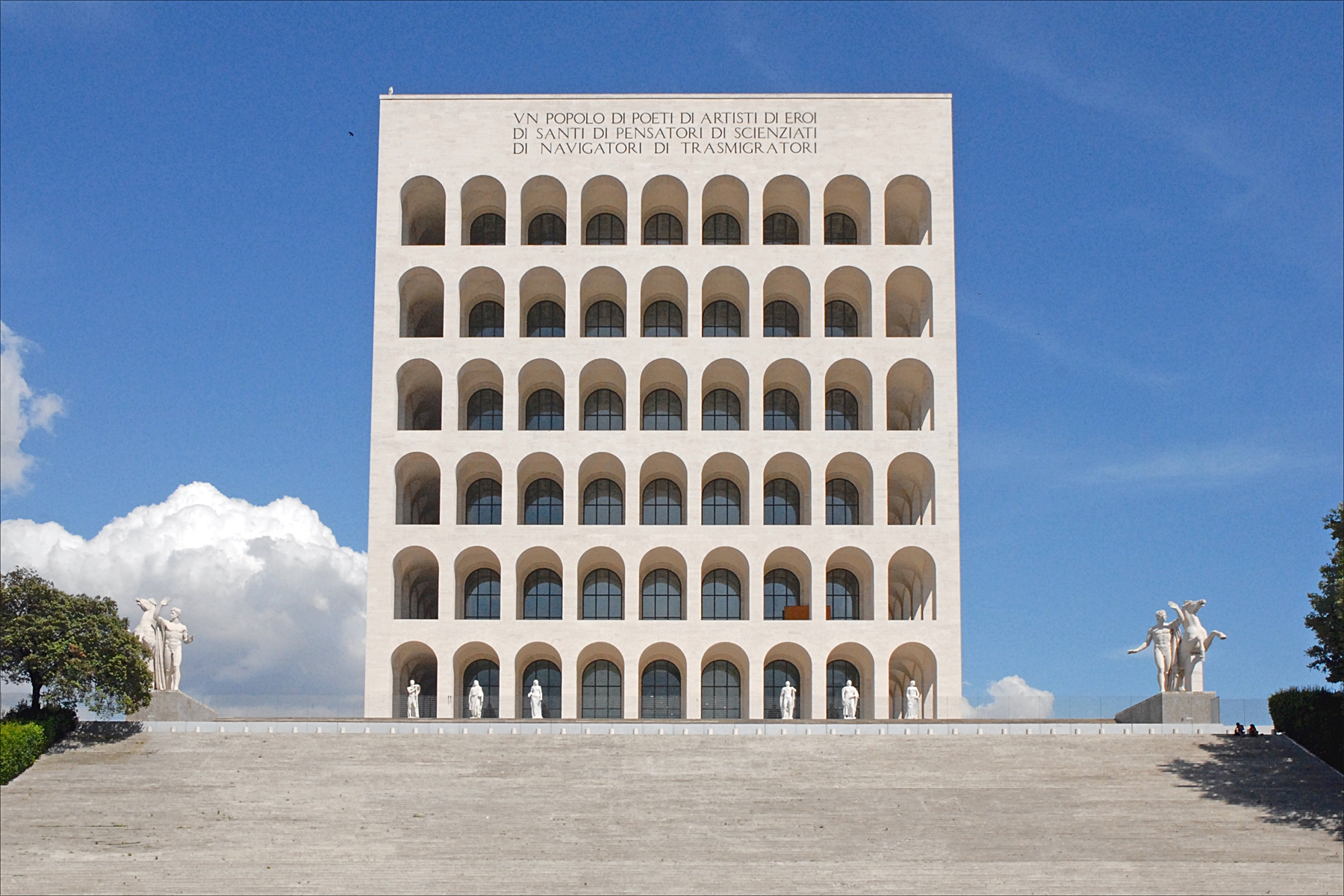
In the mid-1980s the palace returned to the hands of its former owners, but apart from occasional initiatives, it remained essentially unused. In 2010, a major restoration of the monument supervised by the Italian government was completed. In 2013, the Fendi group leased the palace for a period of 15 years, i.e. until the end of 2028. Given its nature as a building of cultural and exhibition significance, the group announced the creation of a space on the ground floor for an exhibition open to the public.
Selected photos: fabiobascetta.com
Source: turismoroma.it, iuvas.org
Also read: Architecture | Façade | Modernism | Urbanism | History | Palace | Italy | Italy


